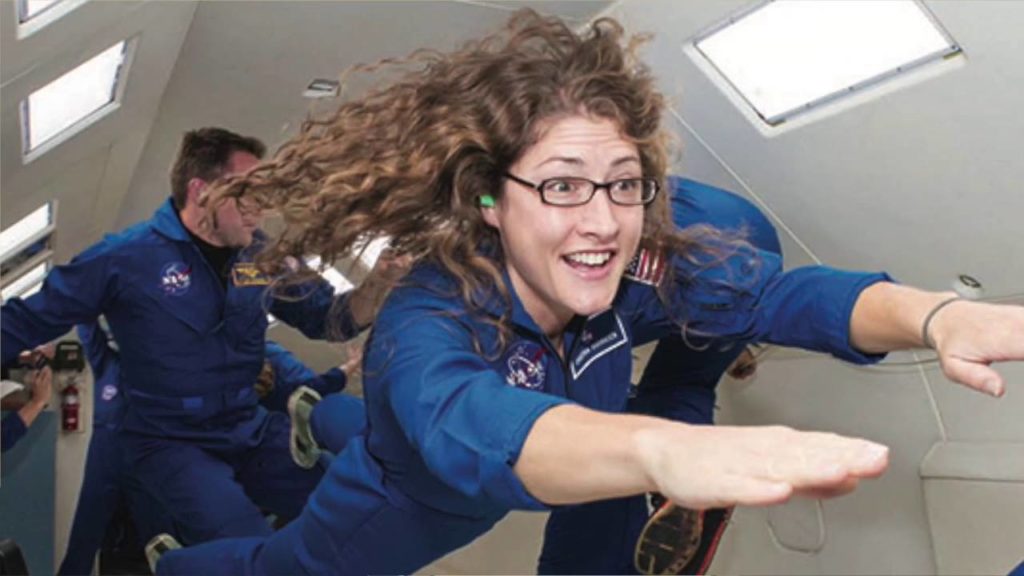Women should have made history on March 29. For the first time, two female astronauts were scheduled to do a spacewalk, making repairs to the International Space Station. But NASA didn’t have enough space suits that fit those two women, so they scrapped the mission.
Instead, Cristina Koch spacewalked with Nick Hague—and Anne McClain got stuck on board the International Space Station.

When McClain joined NASA in 2013, she was the youngest astronaut on the roster. Her career is marked by excellence in sports and the military, and she earned her master’s degree in aerospace engineering. And aside from the lost chance for an all-woman spacewalk, last month’s space suit snafu also had practical drawbacks for her career advancement.
Women have been making steady inroads in previously male-dominated professions, including in matters of science and space, but the playing fields still aren’t level.
Here on planet Earth, McClain is far from the only woman confronting obstacles at work because of her gender. In construction, the lack of available safety and protective gear in the appropriate sizes for women’s faces puts women at risk. Women working in red-hot situations are typically provided flame-resistant clothing in a men’s size small, which often doesn’t fit. Female police officers have consistently reported that bullet-proof vests strain their backs and chests and leave parts of their body exposed when the side straps come undone, putting them in pain and in danger. (Let’s not even get into the common practice of painting “women’s gear” pink—instead of dealing with the real challenge of size and fit.)
There also remains a lack of facilities suiting women in male-dominated industries. On some construction sites, women engineers find that there are no bathrooms they can use. Even in Congress, women were stuck running to other buildings when lawmakers were in session until just this decade. In many offices, desks occupied by women are dotted by blankets, jackets and scarves—because the temperatures in most office buildings are set based on a decades-old formula that relied on the metabolic rates of 40-year-old men.
We can’t transform industries when the physical facilities that house them are literally built for men. And we can’t solve inequality with a one-size-fits-all approach to opportunity that still leaves women without the resources (and space suits) they need.
Small investments in physical infrastructure can pay off for companies in terms of talent retention. It was a personal conversation between the CEO of diamond company De Beers and a female mine manager that resulted in lactation rooms on the mines; by opening up about the physical pain and challenges she faced securing a clean environment for pumping and breastfeeding, she made work better for every woman on staff—and helped the company ensure that fewer of them would be pushed out of the workforce after pregnancy.
Policies also play a huge role in making workplaces welcoming to women. Commitments by companies like Netflix to offer unlimited paid maternity and paternity leave are having a ripple effect—and, as Netflix’s chief talent officer Tawni Cranz said, “experience shows people perform better at work when they’re not worrying about home.”
When our workplaces evolve to make room for women, everyone wins. That’s why NASA should order more medium-sized space suits—and your boss should turn up the thermostat.





